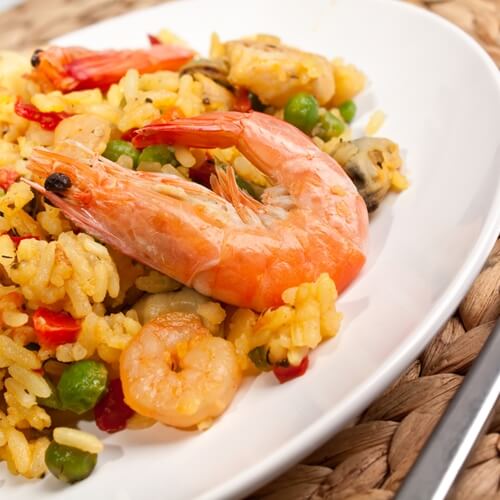4 Ingredients To Swap For Their Less Expensive Counterparts
For some chefs, being a master at the culinary arts means more than crafting a tasty pasta dish or frying up a savory steak. These kitchen gurus also pride themselves on being able to save money and still make the most scrumptious meals possible. Luckily, it doesn’t take much to achieve just that; most chefs only need to swap out a few ingredients that preserve flavors without breaking the bank. If you’d like to handle money as well as you do a boning knife, here are just a few of these cost-cutting substitutions:
Saffron
There’s no wonder that this Middle Eastern spice is regularly called one of the most expensive in the world, with just 0.4 grams costing up to $5. That’s because saffron is made from the stigma – the female reproductive system of plants – and there’s only three of these per flower. It’s more than worth its price, though, with saffron being touted for its distinctly unique medley of spicing. For a less costly replacement, use a combination of turmeric and paprika. Together, you’ll get almost the same aroma and overall taste sensations.
Morel mushrooms
In the world of gourmet mushrooms, the morel is like the expensive Italian sports car. Just two ounces of these mushrooms can retail for up to $50, making them some of the most expensive fungi on the market. The solution? Opt for porcini mushrooms instead. They’re just as flavorful and smoky as the morel variety, but you can get two ounces for $10 or less. Porcini are also great for their overall shelf life: If properly stored, they can be used months after you originally purchase them. To enhance their natural flavor, combine them with a dash or two of thyme and parsley.
Wine
As a chef, you’ll use wine to cook with for a number of different purposes. Not only does it cut down down on the overall cooking time, but it can also properly maintains the balance of especially sweet or savory food items. However, some people don’t want to open up an entire bottle of wine just to use a cup at the very most. To that end, you should consider using some kind of juice. Grape is perhaps the most direct substitution, but apple, cranberry and lemon also help maintain moisture and flavor. Or, go a different route still and make use of meat or vegetable broth.
Mirin
A long-running staple of most Japanese dishes, mirin is similar to sake in many ways. However, it’s got a decidedly lower alcohol content and overall more sugar, which helps give dishes like broiled fish, sushi and teriyaki sauce their unique flavoring. If you don’t happen to have a bottle around the kitchen, almost any wine will do, but many chefs rely on dry sherry or sweet marsala. These two in particular have the same mix of sweetness and bitterness as mirin does. If the kitchen’s totally void of any wine at all, mirin can also be substituted with sugar and soy sauce.
No doubt these swapped ingredients will help you further your craft during time spent in online culinary school.


